Description
| Species |
Agaricus campestris
|
| Difficulty ℹ️ |
🍄🍄🍄
|
| Spore Coloration |
Brown
|
| Ecology |
Saprotrophic |
| Edibility |
Choice |
The Latin specific epithet campestris means “of the fields”. Common names given to the fungus include “meadow mushroom”, “pink bottom”,and “field mushroom”.
The Field Mushroom, Agaricus campestris, is the most commonly eaten wild mushroom in Britain and Ireland. Meadows grazed by sheep, cattle or horses sometimes produce vast quantities of these fungi of summer and early autumn
The cap is white, may have fine scales, and is 3 to 12 centimetres (1+1⁄8 to 4+3⁄4 in) in diameter; it is first hemispherical in shape before flattening out with maturity. The gills are initially pink, then red-brown and finally a dark brown, as is the spore print. The stipe is 3 to 10 cm (1+1⁄8 to 3+7⁄8 in) tall, 1–2 cm wide, predominantly white and bears a single thin ring. The taste is mild. The white flesh bruises a dingy reddish brown, as opposed to yellow in the poisonous Agaricus xanthodermus and similar species. The thick-walled, dark brown, elliptical spores measure 5.5–8 μm by 4–5 μm.
Several species may be confused with Agaricus campestris. The most dangerous confusion may be with Amanita virosa, which is morbidly toxic, or with the deadly Amanita hygroscopica or ‘Pink-Gilled Destroying Angel’. A less serious, but more common, confusion is with Agaricus xanthodermus (“the yellow stainer”), which causes gastrointestinal problems in many people. In the US, it may be confused with the poisonous Agaricus californicus or Agaricus hondensis. Agaricus arvensis, the horse mushroom, is another similar mushroom, and an excellent edible. White Clitocybe species that also grow on lawns, and in grassy places may be dangerous to eat.
Agaricus campestris is found in fields and grassy areas after rain from late summer onwards worldwide. It is often found on lawns in suburban areas, appearing in small groups, in fairy rings, or solitary. Owing to the demise of horse-drawn vehicles, and the subsequent decrease in the number of horses on pasture, the old “white outs” of years gone by are becoming rare events. This species is rarely found in woodland.
The mushroom has been reported from Asia, Europe, northern Africa, Australia, New Zealand, and North America
Although edible and choice, this mushroom is not commercially cultivated on account of its fast maturing and short shelf-life. Culinary uses of the meadow mushroom include eating it sauteed or fried, in sauces, or even sliced raw and included in salads. In flavor and texture, this mushroom is similar to the white button mushroom available in grocery stores in most Western countries. Among the similar species mentioned above, there have been cases (in fact the most common cause of fatal fungus poisoning in France) where the deadly toxic destroying angel (Amanita virosa) has been consumed by individuals who mistook it for this species. The edibility of specimens collected from lawns is uncertain because of possible contamination with pesticides or other chemicals.
Some images on this page have been sourced from iNaturalist under CC-By-SA3.0 , taken by magriet b, bjoerns, Axel Ruiz or others.


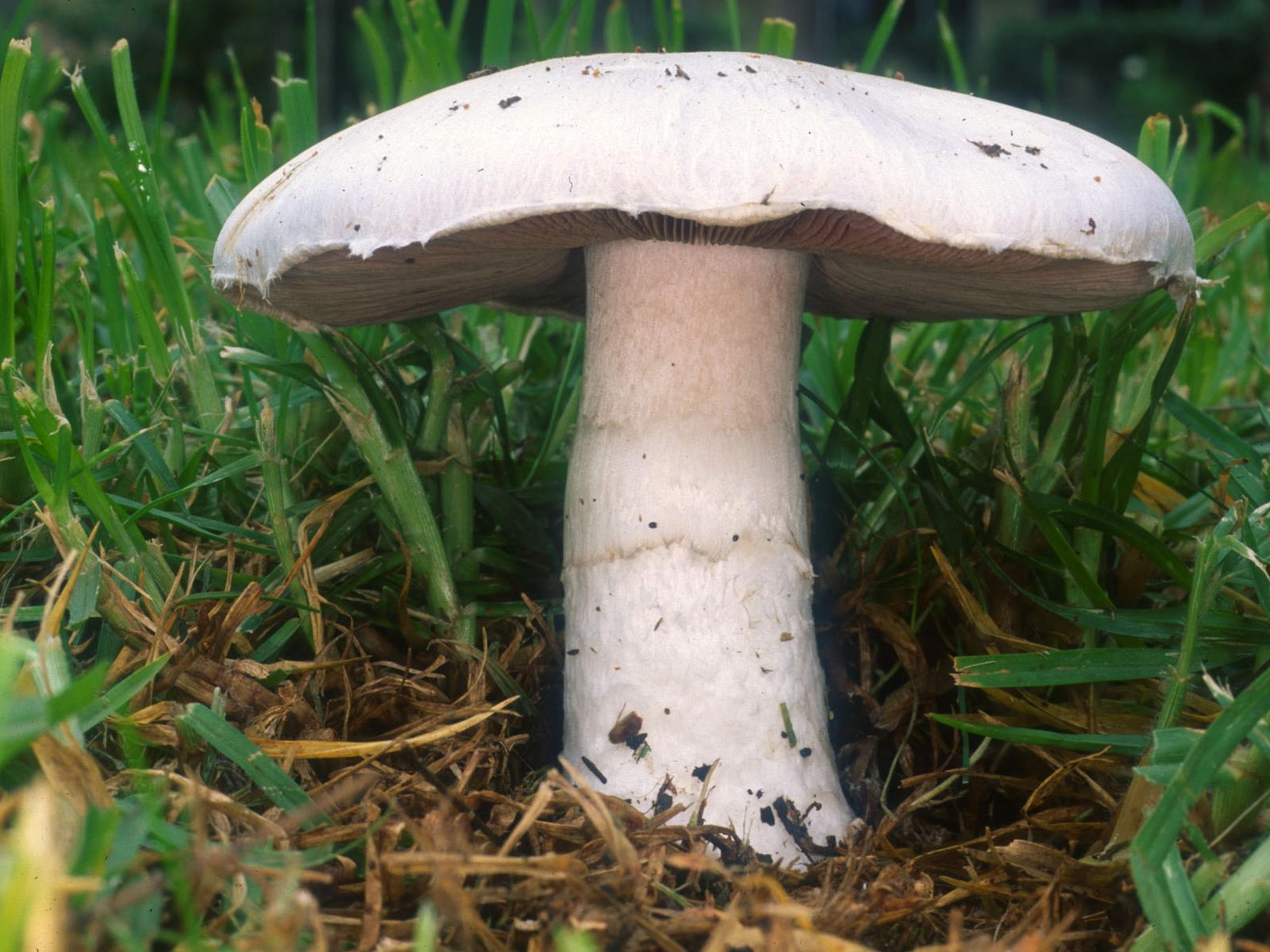

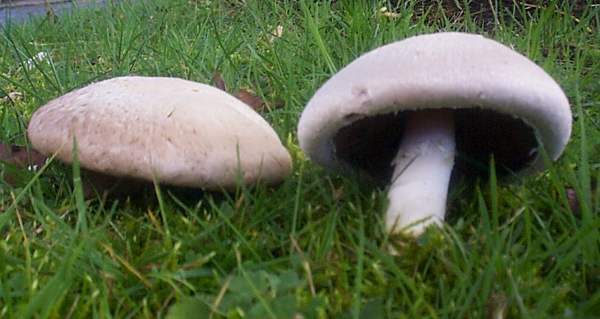
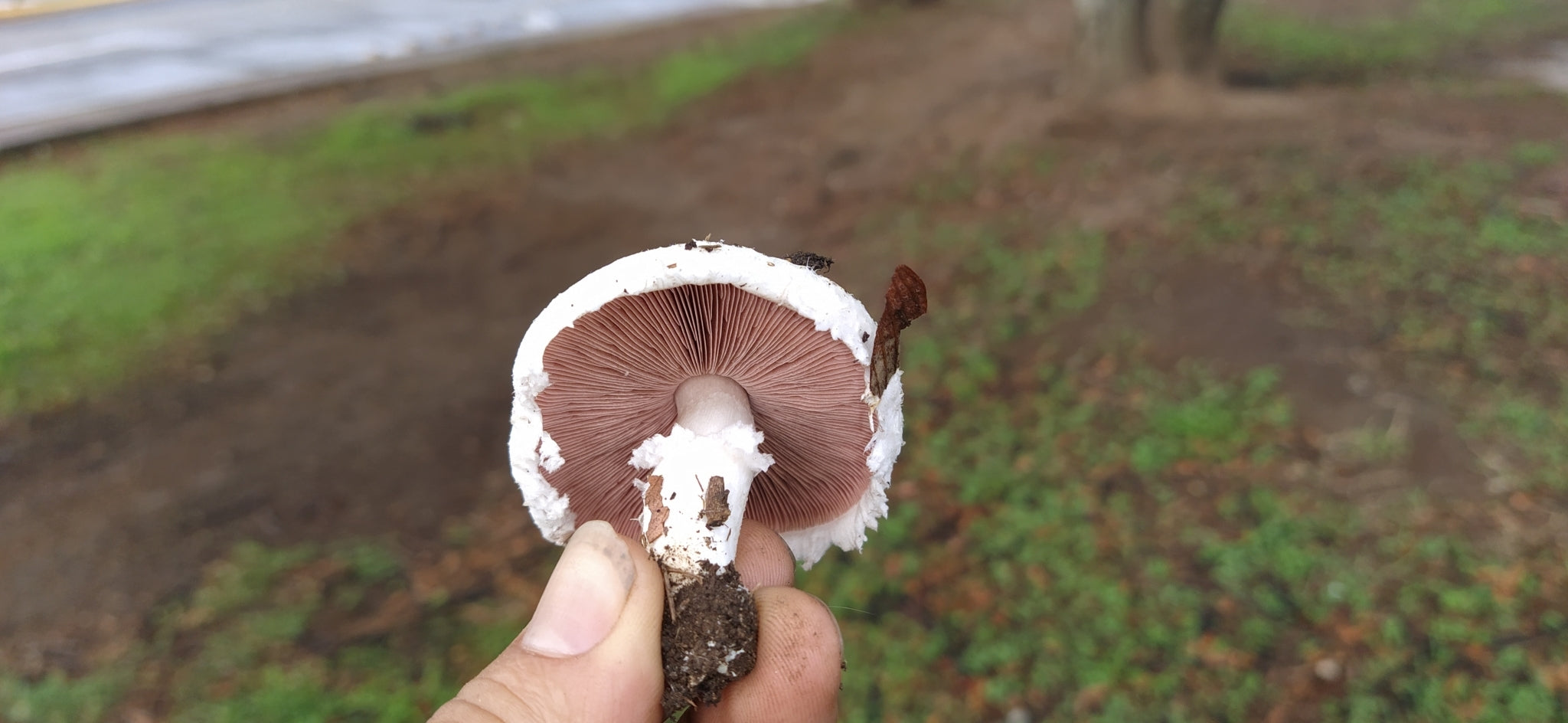
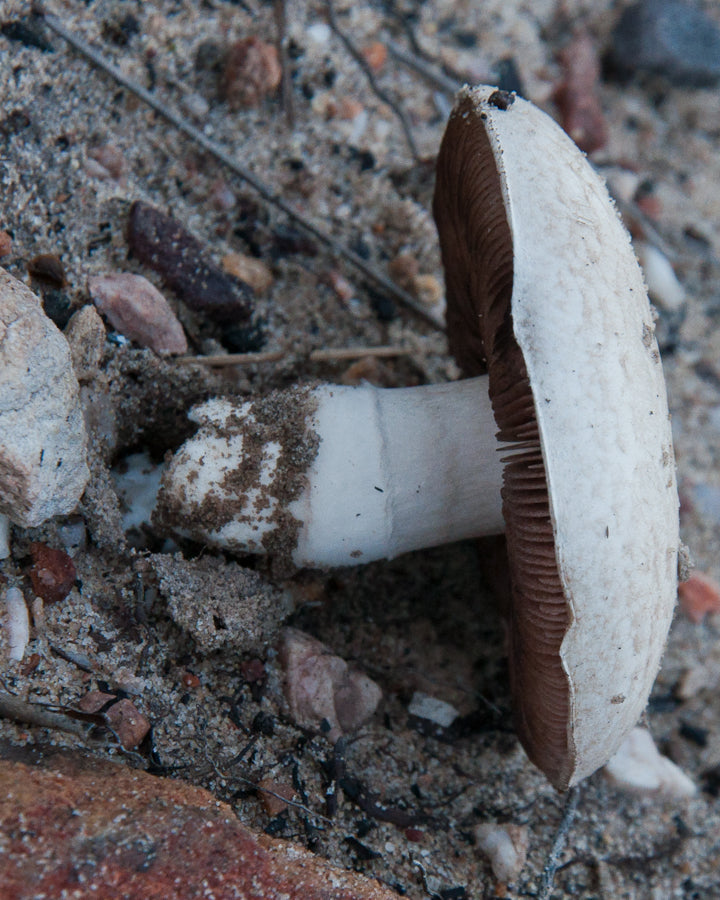
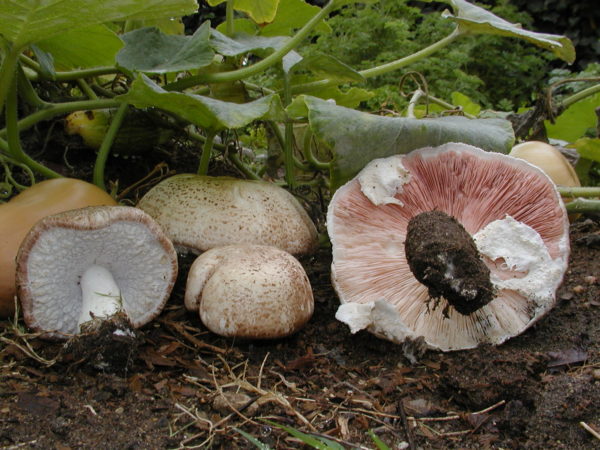
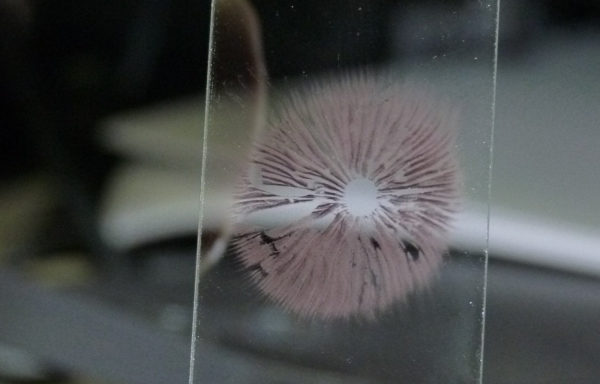

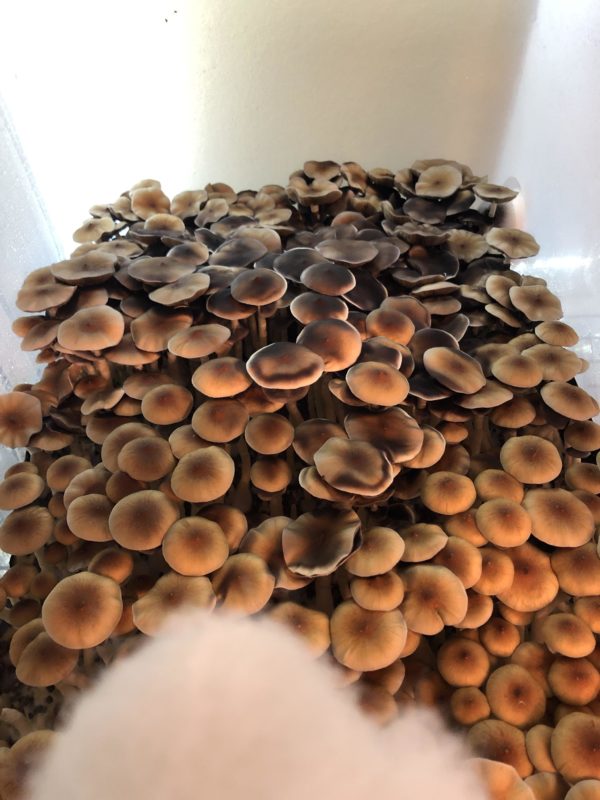
Reviews
There are no reviews yet.